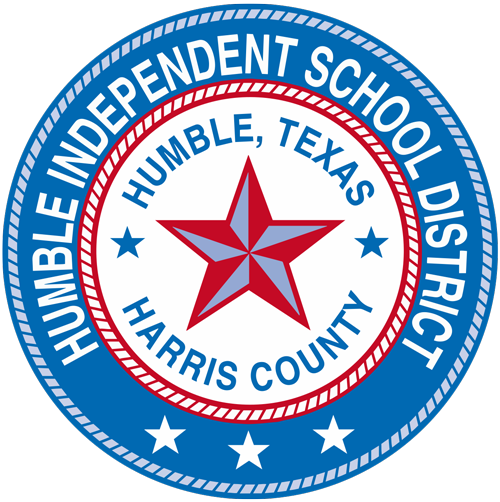July 16, 2021
Creekwood Middle School is fueling excitement in students and parents by expanding Project-Based Learning (PBL) instructional design. This hands-on approach moves students beyond textbooks and increases their problem solving skills through active and engaged learning with collaborative projects. Students are asking questions, formulating responses, and presenting their findings. The goal is to better prepare students for real opportunities beyond high school.
A group of sixth graders were the first to experience the PBL design in the 2020-2021 COLT Cohort program. This optional program incorporates Project-Based and Inquiry-Based Learning into existing curriculum. The new PBL design affects a wider scope of students because of how it is being woven into the curriculum at each grade level.
For 2021-2022, the new PBL design is open to any sixth or seventh grade student who chose to participate. Creekwood Principal Walt Winicki plans to expand PBL. “The Project-Based Learning design will be expanded to eighth grade once this year’s seventh grade class advances to the next grade level,” Mr. Winicki said. “The expansion will be a two year process.”

Students designed and constructed marble roller coasters out of cardboard and tape to model and describe gravitational potential and kinetic energy. They worked on problem solving, creativity, innovation, and engineering. Through engineering and constant problem solving, they discovered how the angles, starting heights, loops, ramps, and curves in a roller coaster affected the energy of the marble. Students used the roller coaster they built to analyze the energy in their model at various stages and communicate their observations in a presentation to their peers.
Project-Based Learning: Learning in action
As part of the PBL design, a student’s class schedule includes four core classes: Science, Social Studies, Math, and Reading-English Language Arts. Teachers leading these classes collaborate to reinforce learning skills that may reach across multiple subject areas. One example would be a student working on a math problem that may involve science skills to solve.
In addition to core classes, students participate in Colt Hour. “Colt Hour allows students time to collaborate by working together on class projects which will help them become better students,” Mr. Winicki said. As students advance to the next grade level, PBL becomes more inquiry-based by requiring students to seek out information to solve a problem rather than having the teacher provide the information.
Mr. Winicki approached his teachers in 2021 about expanding the program to all sixth and seventh grade. “We want to give students more opportunities to learn and explore, and PBL achieves that goal,” Janelle Hunt, sixth grade math teacher at Creekwood, said.

Left: Students embarked on a nature walk to study native plants. Students collected samples of leaves and flowers and identified them as either monocots or dicots, and presented their findings to the class.
Right: Students experienced a virus simulation project by using glow powder and a black light. They explored virus detection and how it spreads on hands, devices, clothes, and school work, all in a safe environment. As part of the project, students also picked a virus, researched it, created a poster describing the virus they chose, and created a 60-second public service announcement to communicate virus prevention methods to the class.
Tracking success
Students and parents are pleased with the positive results from PBL experiences in the COLT Cohort program and look forward to the possibilities of the expanded PBL design.
“With Project-Based Learning, we get to collaborate more and build on social skills to help with future jobs,” Addie Vincent, a seventh grade Creekwood student who participated in the COLT Cohort program, said. “Students need to learn how to collaborate.”
Addie’s mother, Nicole, has three other children who are current or former Creekwood Middle School students. Ms. Vincent has seen a significant change in her children who have been influenced by PBL.
“I’ve become more of a cheerleader rather than someone who has to regularly remind my child to complete assignments,” Ms. Vincent said. “I wish all of my children had been able to experience the benefits of this new instructional design.”

Rather than learning about rocks from a textbook with photos, students designed a layout to organize information about rocks, the rock cycle, how they are formed, and the factors that contribute to a rock’s appearance. Students reported their findings and how the rock cycle can be identified in nature.
